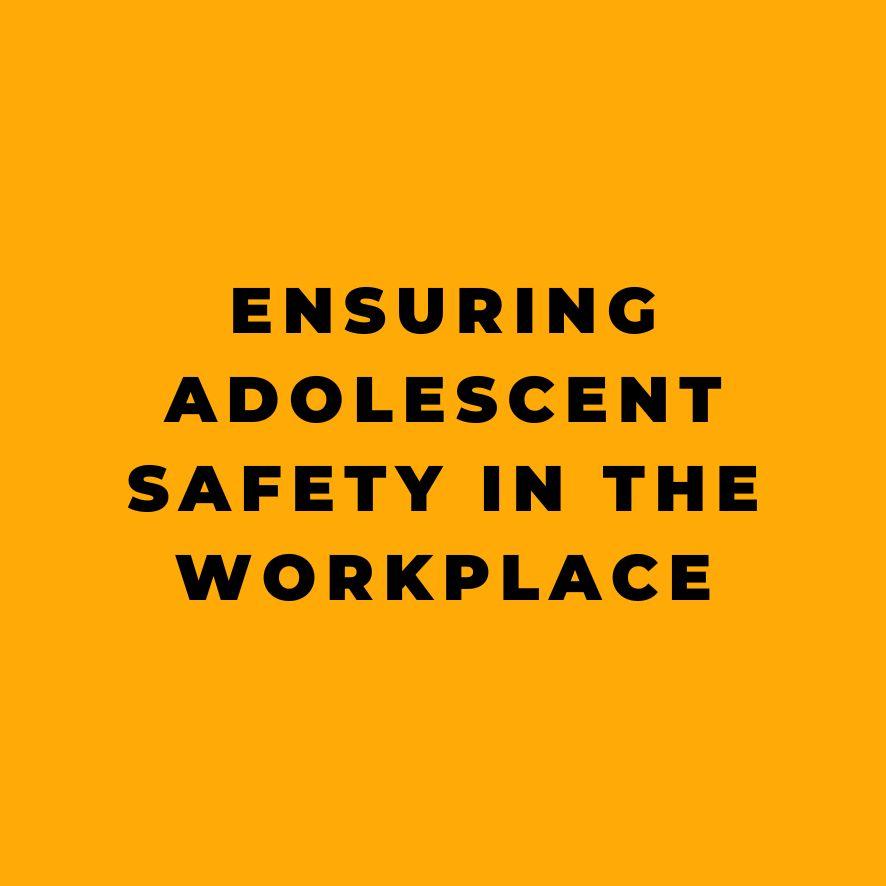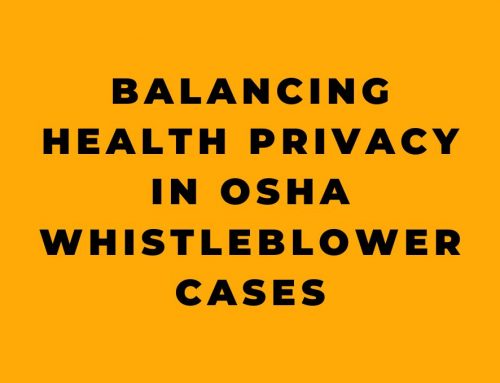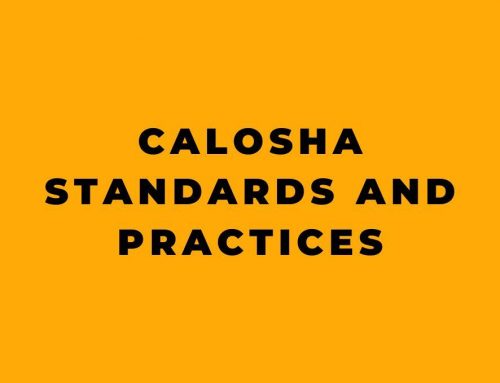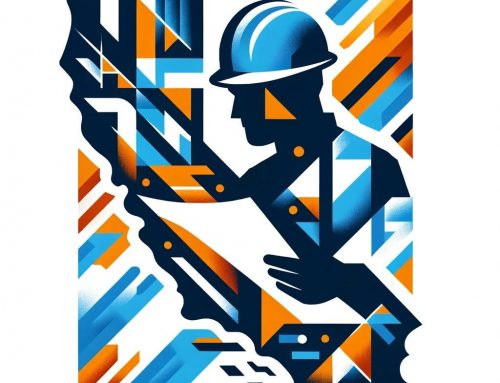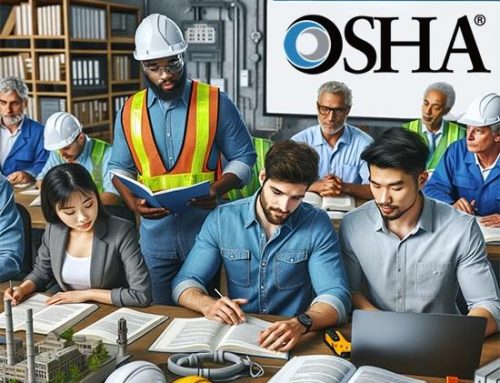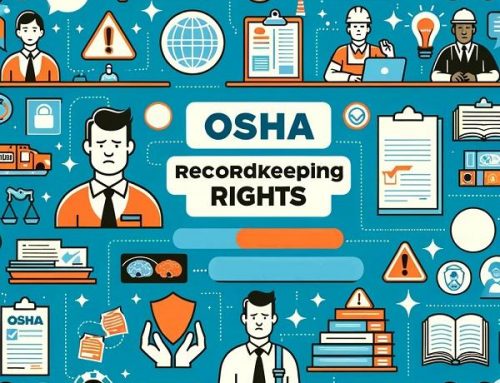Working during the formative adolescent years can provide invaluable learning experiences and the opportunity to develop important life skills. However, special care must be taken to ensure minors are protected from workplace hazards. This article will explore key regulations, restrictions, and best practices for maintaining adolescent safety on the job.
Laws and Regulations Governing Minor Employment
The Fair Labor Standards Act (FLSA) dictates strict hourly and occupational restrictions based on age to shield young workers from dangerous environments.
13 years old or younger: At this tender age, employment options are tightly controlled, allowing only for roles like acting, babysitting, delivering newspapers and other light work.
14-15 years old: Fourteen and fifteen-year-olds may work limited hours in low-risk jobs in retail, food service, amusement parks and offices. Specific FLSA provisions include:
- Maximum 3 hours on school days/8 hours non-school days
- No more than 18 hours per school week/40 hours non-school week
- No work during school hours
- Work permitted only between 7AM-7PM (or 9PM June-Labor Day)
16-17 years old: With only a couple years before legal adulthood, minor employee rights expand at this age group. Sixteen and seventeen-year-olds may work unlimited hours in non-hazardous roles. Prohibited jobs include:
- Construction/demolition
- Meat processing
- Mining/logging
- Operating power-driven equipment
- Roofing
- Working with explosives or radioactive materials
Driving restrictions also apply at this age. Finally, all federal hourly and occupational provisions lift at 18. However, individual states often pass stricter regulations.
Employer Responsibilities to Protect Adolescent Staff
The FLSA also mandates certain employer responsibilities to ensure minors stay safe on the job. These include:
- Protecting staff from dangerous work
- Identifying and eliminating workplace hazards
- Providing safety training in understandable language
- Following all youth labor laws
- Refraining from punishment/retaliation against safety complaints
Common Hazards Facing Teen Staff
Despite regulations meant to shield them, young employees still face various workplace hazards. These include:
- Falls from heights
- Exposure to toxic chemicals
- Lifting overly heavy objects
- Operating powered equipment sans training
- Slippery walking surfaces
- Working near hazardous equipment/machinery
- Excessive noise exposure
Best Practices for Adolescent Safety On the Job
While employers must provide safe conditions, teen staff also carry responsibility for protecting themselves. Young workers should:
- Ask questions and request assistance when unsure
- Report unsafe conditions immediately
- Discuss concerns with parents/teachers
- Know your workplace rights
- Follow all safety guidelines
- Use protective equipment as directed
- Remain alert to surroundings at all times
- Never bypass safety features or take shortcuts
With open communication, attentiveness and adherence to regulations from both parties, we can ensure adolescent employees receive safe treatment.
What to Do If Facing Unsafe Working Conditions
If you ever feel your employer fails to provide hazard-free working conditions, several authoritative bodies exist to file complaints:
- Bring grievances to your supervisor
- Contact the Occupational Safety and Health Administration (OSHA) at 1-800-321-OSHA (6742)
- Consult with a parent, teacher or co-worker
- Review workplace rights resources at osha.gov/workers.html
- Report violations to the Department of Labor Wage and Hour Division at 1-866-4US-WAGE (1–866–487–9243)
Remember, various state and federal laws strictly prohibit employer retaliation against safety complaints. Never hesitate to speak up regarding unsafe working conditions.
Child Labor Laws by Age Bracket and State Along with broad federal regulations, individual state labor departments enforce specific child labor provisions and issue work permits. Rules often vary by age bracket.
13 years old or younger: Most states prohibit this age group from gaining employment, with exceptions for acting, babysitting and delivering newspapers with parental consent.
14-15 years old: Many states allow this age group to work limited hours in specific environments like retail and food service with parental permission. Some states require school-issued work permits.
16-17 years old: By this age bracket, most states allow employment but set restrictions against hazardous jobs. Rules vary regarding work permits and parental consent.
Employers must research and comply with all relevant state labor laws concerning adolescent workers. The Department of Labor Wage and Hour Division provides details on state-by-state regulations at www.dol.gov/agencies/whd/state.
International Labor Standards on Child Employment
Globally, the International Labour Organization (ILO) establishes legal frameworks and workplace rights for youth. The ILO Minimum Age Convention (C138) sets precise baseline restrictions for minor employment by age group, economic sector and working conditions. Their provisions aim to eliminate harmful and exploitative child labor. Over 170 countries have ratified C138 or related standards.
The ILO frameworks have led many nations to pass strict youth employment laws aligned with international best practices. However, lax enforcement still enables rampant child labor violations and workplace abuse of minors globally, especially in developing markets.
Advocacy groups like the International Program on the Elimination of Child Labour (IPEC) work closely with the ILO, UN and governments worldwide to enact and enforce accords that protect adolescent safety on the job according to accepted human rights standards.
With increased grassroots activism and political pressure, the international community continues progressing toward improved youth worker rights and safer labor conditions. However, ongoing vigilance remains essential to shield adolescents from harm.
Maintaining Teen Safety in Evolving Workplaces
As the pace of technological and economic shifts accelerate, the very nature of work continually evolves. With innovations like remote employment, artificial intelligence and automation transforming many jobs, new questions emerge surrounding adolescent safety protocols in these frontiers.
Regulators struggle to keep pace with protecting young workers from hazards in emerging fields like digital/gig work platforms, robotics and advanced manufacturing. Calls grow to re-examine existing legal frameworks’ applicability toward new employment spheres that blur the line between workplace and home.
Simultaneously, automation and globalization erode some traditional teen jobs in sectors like retail and food service. Youth increasingly turn toward insecure freelance arrangements in the modern economy featuring fewer worker protections.
In this climate, maintaining adolescent safety on the job becomes more crucial than ever. But doing so requires updating strategies to account for seismic shifts in how and where people work. More research, government oversight adaptations and employer initiatives focused on evolving youth employment remain vital for preventing harm.
Conclusion
As seen above, ensuring adolescent security, health and workplace rights requires attention and diligence across regulatory, corporate and societal realms. While critics argue regulations like hourly limits and age-based prohibitions limit youth employment prospects, these protections aim to facilitate positive experiences benefitting long-term worker welfare.
By continuing to re-evaluate current protocols and their effectiveness in ever-changing times, we enable young people to safely develop key vocational skills priming future success and fulfillment. Ultimately, no child’s prospects should come at the cost of risking physical or emotional trauma in their formative years. With ongoing foresight and cooperation from multiple stakeholders, we can refinement youth employment to offer opportunity without undue sacrifice.


